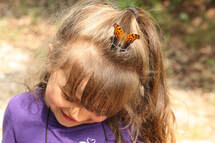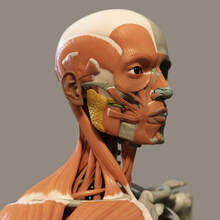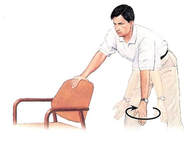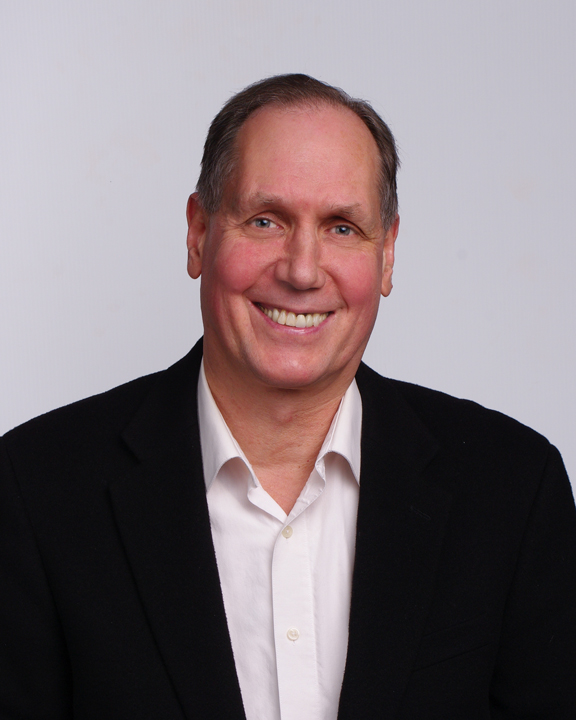
Each channel corresponds to the functions of an organ or an overall body function. On each channel are points that can stimulate to have specific beneficial effects on the body and mind.
The Hundred Meeting Place is a point on the Governing Vessel channel. The English translation of the Chinese name for this pressure point, Baihui, refers to the place at the top of your head where 100 channels of blood and energy meet. It is numbered Governing Vessel 20.
It is known as the gathering place for yang qi (chi) of the body. The yang qi of the body is the outgoing and motivating active energy in the body that generates and maintains warmth. It can be equated with hyper-metabolic qualities which affect all organic processes including warmth, libido, appetite digestion and assimilation. Its normal manifestation is comparable to our concept of zest for life. Stimulating this point aids these life functions.
Governing Vessel 20 is located on the top of the head directly in the center between your ears. It can be pressed lightly for several minutes daily with 3 fingers to help to activate the yang outgoing and motivating force in the body and the mind. The location is slightly depressed.
This point has many uses in Chinese and Asian medicines. It helps to raise energy into the head creating mental calmness, clarity and composure. Some of the common medical applications are for depression, prolapse of the stomach, uterus, anus, headaches, stiff shoulders and insomnia.
I utilize Hundred Meeting Place and other pressure points in my Somatic Bodywork sessions and Somatic Qigong private lessons/sessions. This and other pressure points can help bring relief from uncomfortable symptoms people experience.
https://www.macrobiotic.com/energy-healing.html





 RSS Feed
RSS Feed